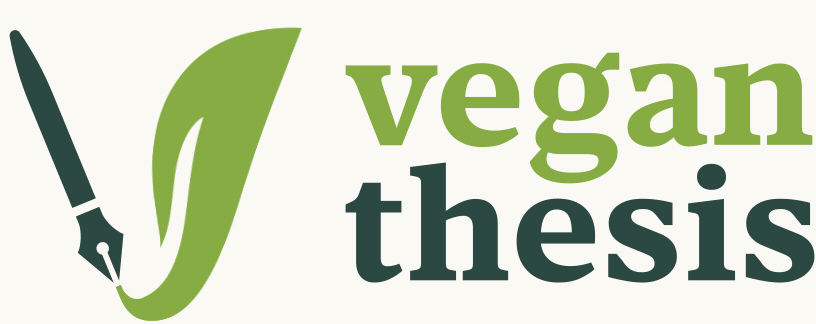What is the current extent and impact of caged broiler farming in low- and middle-income countries, particularly in Africa?
Context and Relevance:
Caged broiler farming is prevalent in many low- and middle-income countries (LMICs), including African nations. This method raises concerns about animal welfare, environmental sustainability, and socio-economic impacts. Evaluating the extent and effects of caged broiler farming will provide crucial insights for policy development and advocacy efforts aimed at improving animal welfare and promoting more sustainable agricultural practices.
Potential Research Approach:
Literature Review: Conduct a thorough review of existing research on caged broiler farming in LMICs, with a focus on Africa. Include studies on production practices, animal welfare outcomes, economic significance, and environmental impact. Identify gaps in knowledge and emerging trends related to caged broiler farming.
Data Collection: Gather quantitative data on the prevalence and scale of caged broiler farming across various African countries. Utilize agricultural surveys, government reports, and industry publications to compile comprehensive information on farm sizes, production levels, and regional distribution.
Case Studies: Select representative African countries for in-depth case studies. Investigate the specifics of caged broiler farming practices in these regions, including farm sizes, production scales, and regional variations. Analyze the economic, welfare, and environmental aspects in detail.
Impact Assessment: Analyze the welfare implications of caged broiler farming systems for broilers. Assess environmental impacts, such as waste management, resource use, and pollution. Evaluate socio-economic effects, including employment, income levels, and market dynamics.
Stakeholder Interviews: Conduct interviews with key stakeholders, including farmers, agricultural experts, policymakers, and animal welfare organizations. Collect qualitative insights into the challenges and opportunities associated with caged broiler farming, and the perspectives of those directly involved.
Comparative Analysis: Compare the impacts of caged broiler farming with alternative production methods, such as free-range or organic farming. Highlight potential benefits and drawbacks of transitioning to alternative systems in terms of sustainability and animal welfare.
Policy Recommendations: Develop recommendations for enhancing animal welfare and promoting sustainable practices within the poultry industry in LMICs. Provide actionable insights for policymakers and industry stakeholders to support improvements in poultry farming systems.
Additional Questions:
How do different caged broiler farming practices affect animal welfare outcomes in various African countries?
What are the primary economic drivers behind the adoption of caged broiler farming in LMICs?
How does caged broiler farming impact the livelihoods of small-scale farmers compared to industrial operations?
